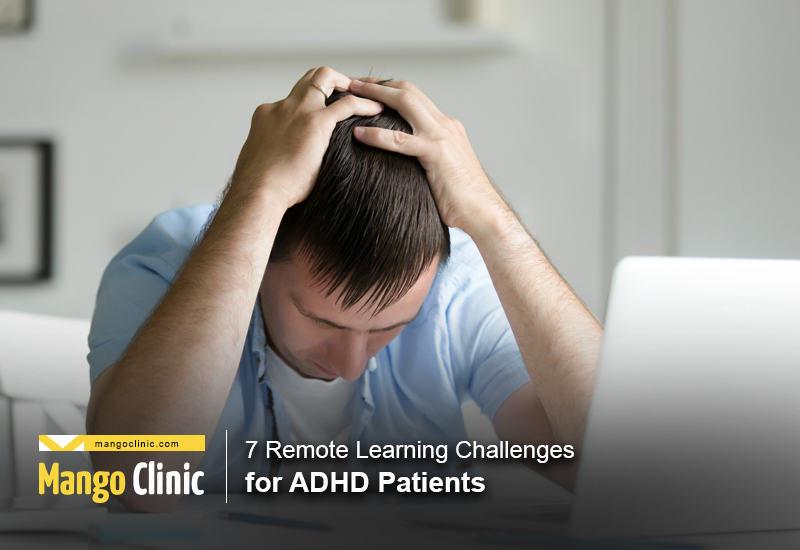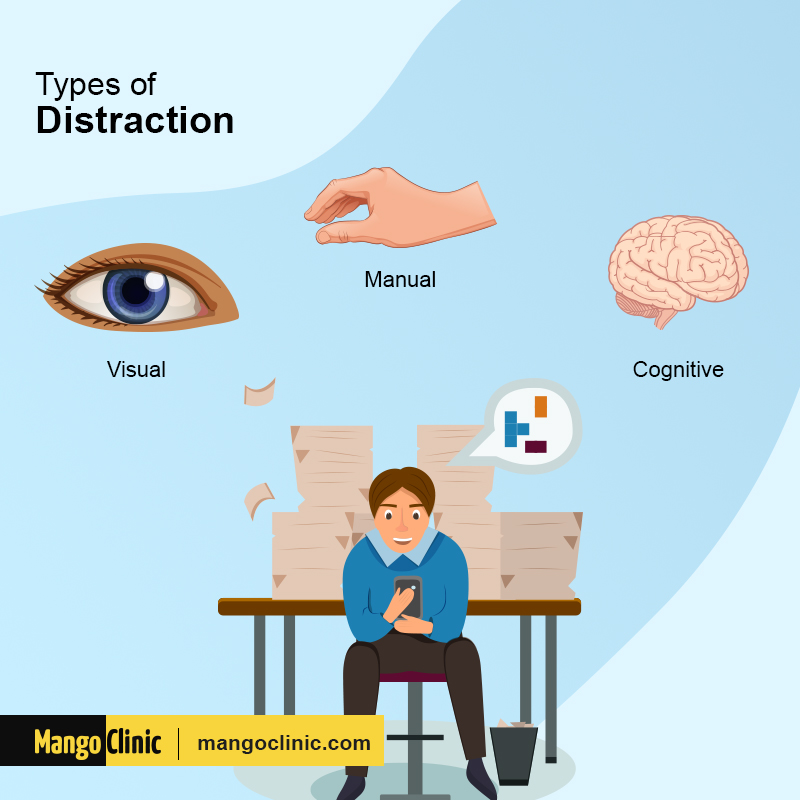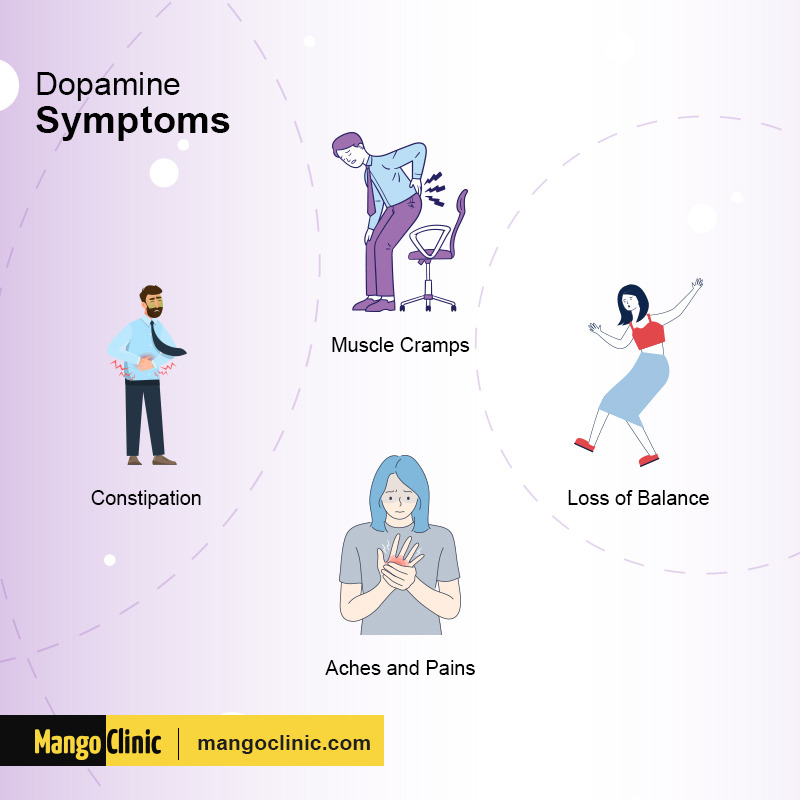7 Remote Learning Challenges for ADHD Patients

Students with ADHD and similar learning difficulties struggle in the classroom. The recent shift from classroom instruction to distance learning, thanks to the COVID-19 pandemic, has created further challenges to these learners. Educators and parents are finding it even harder to help students with ADHD to accomplish their learning goals. Here are seven remote learning challenges that ADHD patients encounter.
Get proper treatment for ADHD from expert physicians. Click the button below to book your appointment.
Remote Learning Challenges for ADHD Patients
1. Lack of Structure at Home
ADHD students benefit significantly from having a structured learning schedule. It’s hard to recreate the classroom environment at home and have a predictable rhythm that the learners can follow. Remote learning is characterized by a lack of structure, which makes it difficult for ADHD learners to stick to schedules. To overcome this challenge, it’s best to schedule remote classes at the same time every day since this will enable the learners to structure their time and set schedules.
2. Distractions
Distractions are a challenge to remote learning, both for adults and kids. The situation can be even worse if the learner has ADHD. Typically, ADHD patients find it difficult to focus on tasks assigned to them, including learning activities. In an in-person classroom, it’s easier to minimize distractions and ensure that students fully concentrate. However, this isn’t easy in a virtual classroom.
Parcel delivery at home or a pet running across the room is likely to not only distract the ADHD learner but also his/her classmates. To ensure undivided attention, remote learners should be allocated quiet and dedicated rooms. The rooms should be locked so that those disruptive elements are kept at bay.

3. Scheduling Difficulties
Scheduling an in-class session for ADHD learners can be a challenge. Planning a remote learning session will be an even more significant challenge. Getting the learners to commit to various synchronous and asynchronous activities remotely adds an extra layer of complexity.
When scheduling virtual classes for ADHD learners, teachers should liaise with parents to schedule upcoming classes and other related activities. This is the most effective way of getting students’ attention. Similarly, teachers should use learning management systems to plan and manage learning activities.
4. Lack of Motivation
ADHD patients have low levels of dopamine. This limits their brains’ ability to recognize and week out rewards, thus resulting in a lack of motivation. Typical classrooms are designed to support learning and boost students’ motivation. The same cannot be said of the home environment where distractions abound.
Similarly, the home environment is devoid of experts who can support and motivate the learners. Therefore, it shouldn’t come as a surprise when learners get tempted to opt out. To maintain learners’ motivation, teachers and parents should set clear and measurable goals for them. This way, the learners will have something to motivate them.
Get yourself evaluated for ADHD by expert doctors. Click the button below to book your appointment.
5. Lack of Accountability
Distance learning sessions are always characterized by diminished accountability in the sense that students can get away with behaviors that typically attract punitive measures in in-person classes. Moreover, it’s easy to set and forget online learning activities in a distance learning environment. Stripped of the classroom experience and face time, it’s easier for the ‘set and forget’ mode to creep in.
At best, you can only teach, assign tasks online, and hope for the best. If the culture of lack of accountability encroaches into your virtual class, quality learning will undoubtedly go on the backburner. Consequently, the attainment of learning outcomes will remain a mirage.
6. Falling Behind
In a physical classroom, instructors can easily monitor individual learners and adjust the pace to accommodate those who need extra attention. In a virtual classroom, it’s harder to pinpoint learners who need additional time. Learners tend to stay silent and put on a brave face, waiting for sessions to end to engage in more entertaining activities.
ADHD learners tend to feel discouraged and frustrated with virtual classes, which causes them to lag. To ensure that everyone is on the same page after each virtual class, instructors should create a supportive environment. Encourage ADHD learners to seek clarification and raise concerns whenever they feel left behind. Use texts and calls to follow up on students who appear to be struggling in class.

7. Isolation
Isolation can undermine the instructional strategies that are sometimes taken for granted in the classroom environment. For ADHD learners who are hyperactive and relish being in the classroom environment, remote learning can be lonely. They miss the classroom environment’s buzz and their peers’ company, which leaves them with a sense of isolation that gradually wears down their desire to learn. Instructors can overcome this challenge by scheduling and coordinating virtual group activities and regular check-ins with the learners.
Want to get medicinal ADHD treatment? Click the button below to book your appointment.
To Sum Up
Virtual learning presents a significant challenge for instructors and ADHD learners. The key to attaining the desired learning outcomes is proper planning and preparation. This will ensure that all students, including those with ADHD, learn at the same pace.
Contact us today at Mango Clinic for ADHD treatment or click the banner below to book an appointment.





